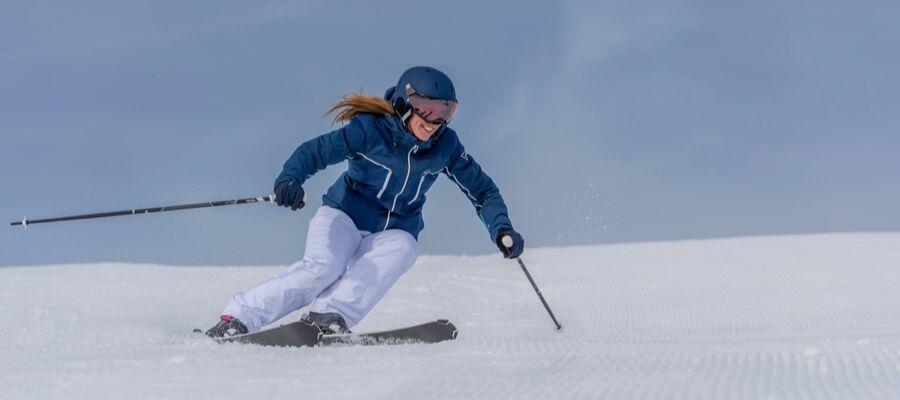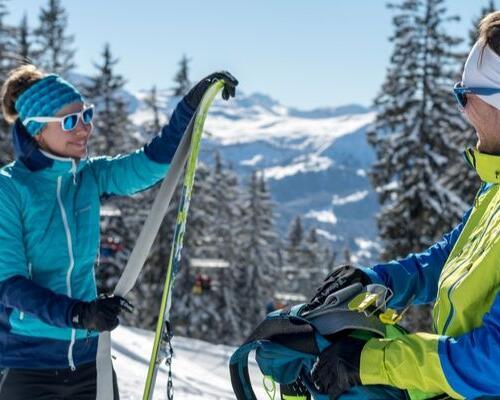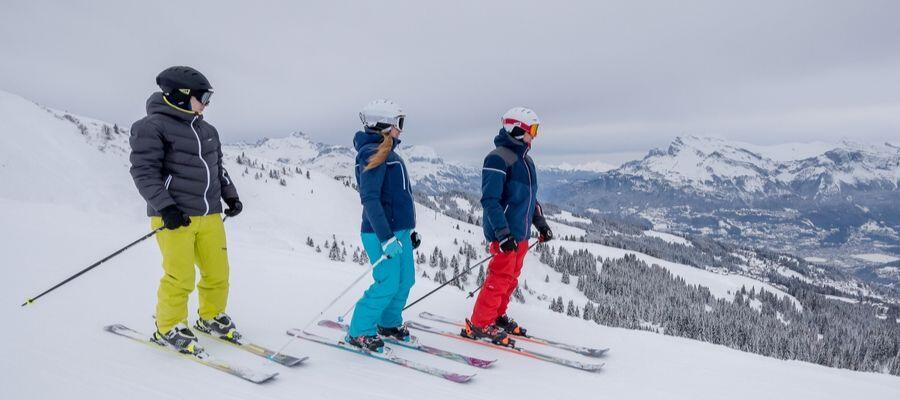1. Helmet
Having a helmet is highly essential for safety on ski slopes. Thanks to new technology, helmets now include breathable material and are light, to improve your comfort.

Winter sports season is getting closer! Booked your stay but don’t really know what to bring? Here are 10 essentials to make your trip both enjoyable and safe.

Having a helmet is highly essential for safety on ski slopes. Thanks to new technology, helmets now include breathable material and are light, to improve your comfort.

It is important to keep your hands warm and dry if you do not want to get cold very quickly. Gloves or mittens are important items to prevent your hand from being exposed to freezing temperatures that can lead to frostbite.
Most gloves include both water repellent waterproof properties!

At high altitudes, the atmospheric layer is thinner - this means that solar radiation is less filtered and there are more UV rays on the mountains.
In addition, snow actually reflects 40% to 90% of solar radiation too! Therefore, sunscreen is a key prerequisite before any ski session to protect your skin.
Just like your skin, you need to protect your eyes from solar radiation.
During sunny conditions, wear adapted sunglasses that filter UV.
And during cloudy weather, wear a mask that will both secure your eyes from UV and help you identify the terrain of the ski slope.
Even an experienced skier can fall in the snow. That is why waterproof pants are necessary, otherwise, you will get cold very fast.
It is not at all recommended to wear sweatpants, jeans or casual trousers, as you could risk sweating quickly or wearing your pants out easily.
While skiing, your neck can be easily exposed to freezing temperatures. If you don’t protect your neck, you could get injured or get torticollis for example.
To avoid situations like that, a neck warmer is a great alternative to a scarf. Thanks to its soft material, it will make you feel warm and comfortable too – what's not to love?
If you experience cold hands or feet easily, consider getting warmers. With their long-lasting heating effect, you will appreciate it thoroughly during your ski session.
You will never be afraid to put on your skis and ride the slopes even in cold weather!
Instead of wearing one heavy layer that will make you sweat, think about using thermals.
Thanks to their technology, air is trapped in them without making it humid.
This layer should be used as the first layer on your body.
On top of it, you should add a second layer which is meant to wick your perspiration and keep your body warm.
Ski jackets provide external protection against snow, cold and powdered snow.
Make sure that your jacket is sufficiently waterproof and keeps you warm while wearing it. It is important that your jacket includes water repellent properties in case of snowfall or blizzard as well.
Opt for an outer layer equipped with a snow skirt that will prevent air from entering while skiing and snow from entering if you fall.
Your socks have to combine warmth and breathability capabilities.
You should neither be cold in them, neither be too hot, otherwise you risk perspiring a lot which will then cause your feet to be cold.
Thus your socks should be thin, adapted to sport condition and not in cotton to avoid heavy moisture.
- Get technical equipment and apparel that fit the conditions you are going to be in
- Wear comfortable clothes
- Consult our sports experts by visiting our stores!
We would love to hear about your winter skiing and snowboarding adventures! Be sure to share your adventures with us on Instagram and Facebook as well!

I've always been a great fan of skiing and winter sports: I think I learnt sliding on skis before walking on my feet!
Ski sensations are so unique: it permits me to experience pure speed in wonderful landscapes!